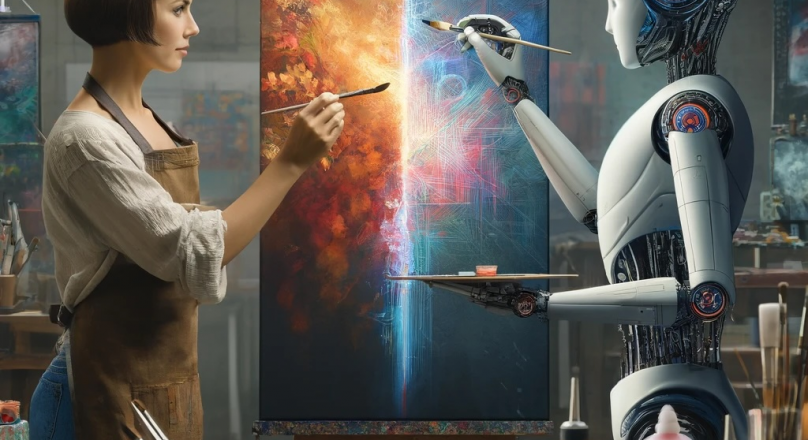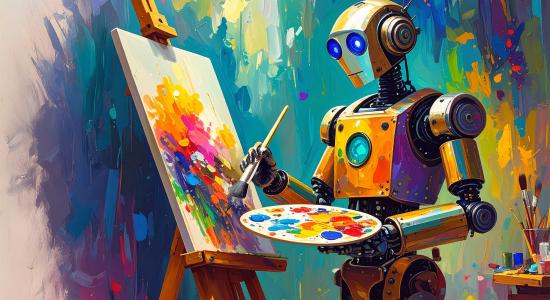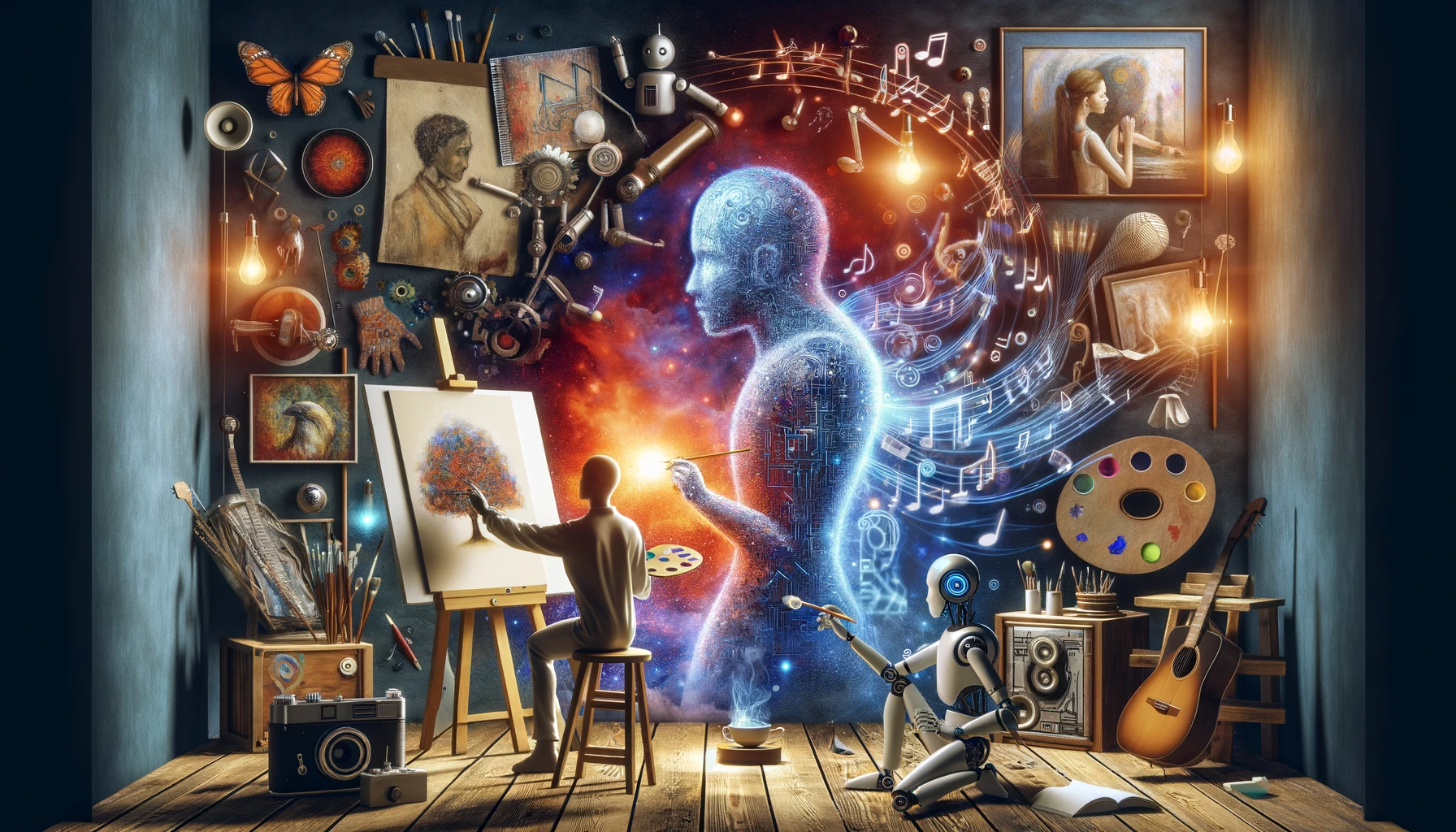Artificial Intelligence (AI) is reshaping the art world by introducing new methods of creation, interpretation, and interaction. As AI becomes more integrated into the artistic process, understanding its role helps us appreciate how technology and human creativity can coexist and collaborate.
What is the Role of AI in Art?
AI’s role in art goes beyond automation; it actively participates in the creative process. AI can generate art, assist artists, analyze visual elements, and even curate exhibitions. It serves as both a tool and a creative partner, opening new pathways for artistic expression.
Key Roles of AI in the Art World
Creative Assistant
AI can assist artists by providing design suggestions, generating patterns, and offering visual inspirations. It can help speed up the ideation process, allowing artists to explore multiple creative directions in less time.
Art Generator
AI is capable of creating complete artworks based on data inputs, text descriptions, or specific artistic styles. Tools like DALL·E, Artbreeder, and DeepArt use AI models to autonomously generate paintings, illustrations, and even music, contributing to the expansion of what art can be.
Style Emulator
AI can replicate the techniques of famous artists, allowing new works to be produced in the style of legends like Van Gogh or Picasso. This role helps in learning, experimentation, and even in creating homages to traditional masters.
Restorer and Preserver
AI plays a critical role in the restoration of damaged or aging artworks. It can predict missing portions and enhance faded sections with remarkable accuracy, supporting efforts to preserve cultural heritage for future generations.
Curator and Analyst
AI can analyze large collections of artworks to detect patterns, styles, and connections that might not be obvious to the human eye. Museums and galleries are using AI to help curate exhibitions, recommend related pieces, and personalize visitor experiences.
Bridge to Interactive Art
AI enables the creation of interactive art installations that respond to audience movements, voice, or environmental factors in real time. This transforms viewers from passive observers to active participants in the art.
Balancing AI’s Role in Art
While AI offers many advantages, its role should complement human creativity rather than replace it. Some key considerations include:
- Ensuring Human Oversight: AI can assist and generate, but the artist’s vision and final decision should guide the process.
- Ethical Use: Proper crediting, copyright awareness, and thoughtful use of AI-generated elements are crucial to maintaining integrity in art.
- Preserving Authenticity: Art should retain a personal, emotional, and cultural connection, even when technology plays a significant role.
Conclusion
AI is not here to take over the art world—it’s here to expand it. Its role in art is to act as a collaborator, enhancer, and enabler of new creative possibilities. When used responsibly, AI can enrich the artistic landscape, inspire innovation, and create experiences that were once unimaginable.







Leave feedback about this